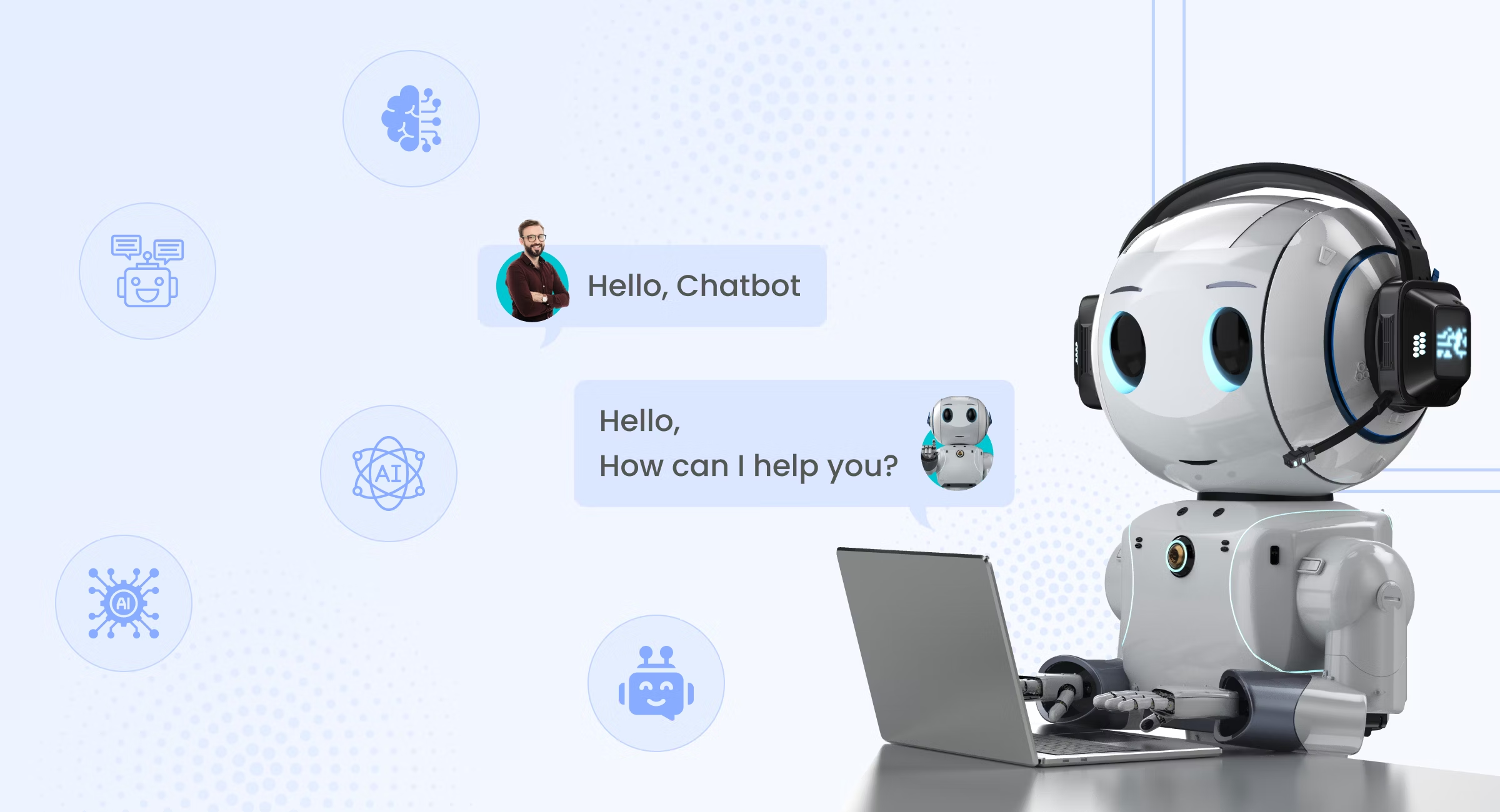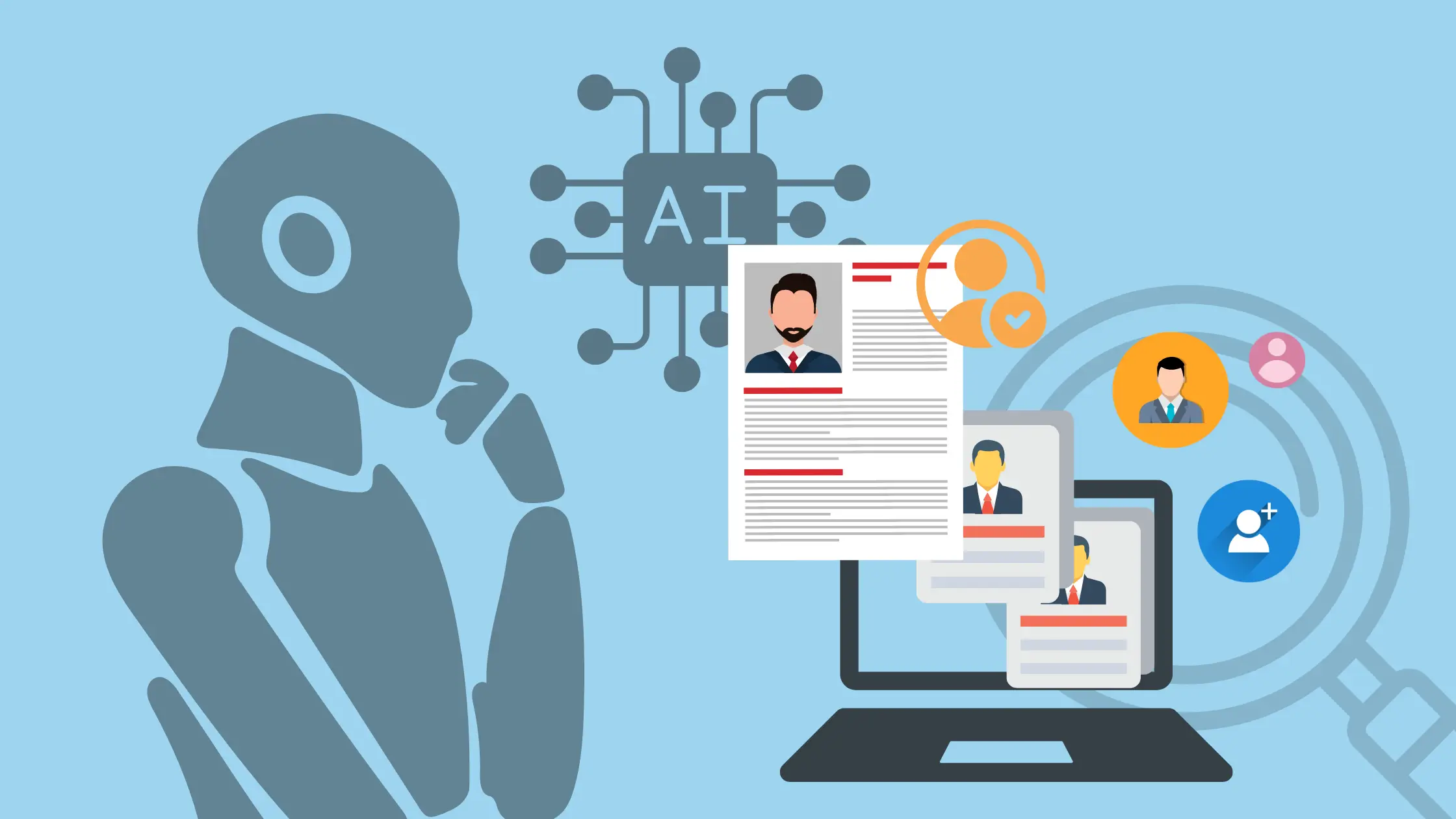
In a competitive hiring environment where thousands of applications can flood a single job posting, automation is becoming not just useful—but essential. One of the most notable innovations in this space is the job application bot, a digital assistant that helps streamline, optimize, and scale how job seekers apply for positions.
These tools—often referred to as AI job application bots—have begun transforming the entire hiring pipeline from the applicant’s side. They’re helping job seekers apply faster, smarter, and more strategically, giving them a competitive edge in today’s saturated job market.
But what exactly are AI job application bots, and how can you leverage them? More importantly, what should you watch out for when using or competing against them in the application process?
What Are AI Job Application Bots?
Job application bot is an intelligent, automated tool designed to help candidates manage and streamline their job application processes. Powered by natural language processing (NLP), machine learning algorithms, and robotic process automation (RPA), these bots can automate repetitive tasks like filling out job applications, tailoring resumes, generating personalized cover letters, and even sourcing job opportunities.
Many of these bots are browser extensions or SaaS tools that can scan job boards, analyze listings, and match them to a candidate’s qualifications. Once a match is found, the bot can automatically adjust the user’s resume or cover letter using role-specific keywords and submit it within seconds.
 Key Benefits of AI Job Application Bots for Candidates
Key Benefits of AI Job Application Bots for Candidates
1. Faster Applications
One of the most cited benefits of AI job application bots is the massive time-saving they offer. According to a report from TechBullion, manually applying to just 10 jobs can take a candidate more than 3 hours on average. With AI bots, applicants can apply to 50–100 jobs in the same amount of time. This increased output greatly improves chances of securing interviews.
2. Smart Customization
Many AI job application bots don’t just copy and paste the same resume everywhere. Instead, they optimize the resume and cover letter based on the job description. This means every application is customized with relevant keywords and phrasing, improving the odds of getting past applicant tracking systems (ATS).
3. Improved Job Matching
Modern bots can use AI to analyze a candidate’s profile, skills, and preferences, then identify job listings they’re most suited for—even in cases where the job title may not be a direct match. By widening the net intelligently, AI job application bots open up doors to roles a human might overlook.
4. Analytics and Feedback
Some AI job bots also offer application analytics—reporting on how many applications were sent, how many were viewed, which ones passed ATS filters, and which roles yielded responses. This data can help candidates make smarter decisions about which industries or companies to prioritize.
AI in the Hiring Process: Two Sides of the Coin
It’s not just job seekers turning to AI—employers are, too. HR departments now rely heavily on AI to screen resumes and conduct initial applicant assessments. According to a recent report by the Washington Post, over 75% of large employers in the U.S. now use some form of automation in their hiring process.
This creates a new challenge for job seekers: navigating a system where AI job application bots are interacting with AI-powered recruiters. It’s now a battle of whose algorithm is smarter.
This dynamic has led to a new hiring ecosystem where understanding how both sides of AI work is a strategic advantage.
Best Practices for Using AI Job Application Bots
If you’re considering integrating AI job application bots into your job search strategy, here’s how to make the most of them:
1. Choose a Reputable Platform
There are dozens of AI job bots available—some reliable, others not so much. Opt for bots that offer transparent features, have user reviews, and clearly explain their privacy policies. Tools like LazyApply, Sonara, and Job AI Copilot are examples that provide transparency and customizable workflows.
2. Don’t Rely on Automation Alone
While bots can help you scale your outreach, don’t fall into the trap of becoming passive. Use bots to handle the legwork, but make sure you follow up personally with recruiters, tailor your LinkedIn profile, and prepare for interviews manually.
3. Keep Your Documents Updated
AI job application bots are only as effective as the inputs they receive. Update your resume regularly with new skills, certifications, and achievements. This ensures that every auto-optimized version reflects your most recent and relevant experience.
4. Use Human-Like Language
Avoid robotic or keyword-stuffed resumes. Many bots are equipped to optimize for ATS, but human recruiters still read applications at some point. Focus on clarity, authenticity, and relevance.
 Navigating the AI-Powered Hiring World as a Candidate
Navigating the AI-Powered Hiring World as a Candidate
Even if you’re not using a bot, chances are your application will be reviewed by an AI system. Understanding how AI systems evaluate applications gives you a strategic edge.
Understand ATS Algorithms
Applicant Tracking Systems filter resumes based on formatting and keyword matching. Make sure your resume uses clean formatting and mirrors the language in the job description.
Prepare for AI Screeners
Video interviews are increasingly being reviewed by AI for facial expressions, tone, and body language. Prepare accordingly by practicing in front of a camera and ensuring strong lighting and sound.
Personalize Where It Counts
Even if you use an AI job application bot, personalize your outreach for high-priority roles. Follow the company on LinkedIn, message hiring managers, and mention specifics about the company in your cover letter.
Ethical Use of AI Job Application Bots
There are concerns about using bots to apply en masse, especially when applicants apply to hundreds of roles with minimal oversight. To ensure ethical use:
- Apply to roles that are genuinely a fit.
- Don’t use bots to falsify qualifications or certifications.
- Respond promptly if a recruiter reaches out.
- Respect job board terms of service.
The goal of AI job application bots is not to trick the system, but to help you play smarter within it.
The Future of AI and Job Searching
As AI becomes more embedded in every facet of recruiting, job seekers will need to be just as tech-savvy as hiring managers. In the coming years, AI job application bots may evolve to include voice-based applications, real-time mock interviews, and live LinkedIn optimization.
Whether you’re a fresh graduate or a seasoned professional, embracing automation as part of your job hunt could be the competitive edge you need to land that next opportunity.
Final Thoughts
AI job application bots are changing the job-seeking experience from one of manual repetition to a more strategic, data-driven, and scalable process. While they aren’t a silver bullet, they represent an exciting shift in how job seekers can approach their search—especially in a market where speed, relevance, and volume matter.
If used ethically and effectively, these bots can free you from administrative burdens and help you focus on what really matters: preparing for interviews, improving your skills, and finding a job that aligns with your goals.

 Key Benefits of AI Job Application Bots for Candidates
Key Benefits of AI Job Application Bots for Candidates Navigating the AI-Powered Hiring World as a Candidate
Navigating the AI-Powered Hiring World as a Candidate



